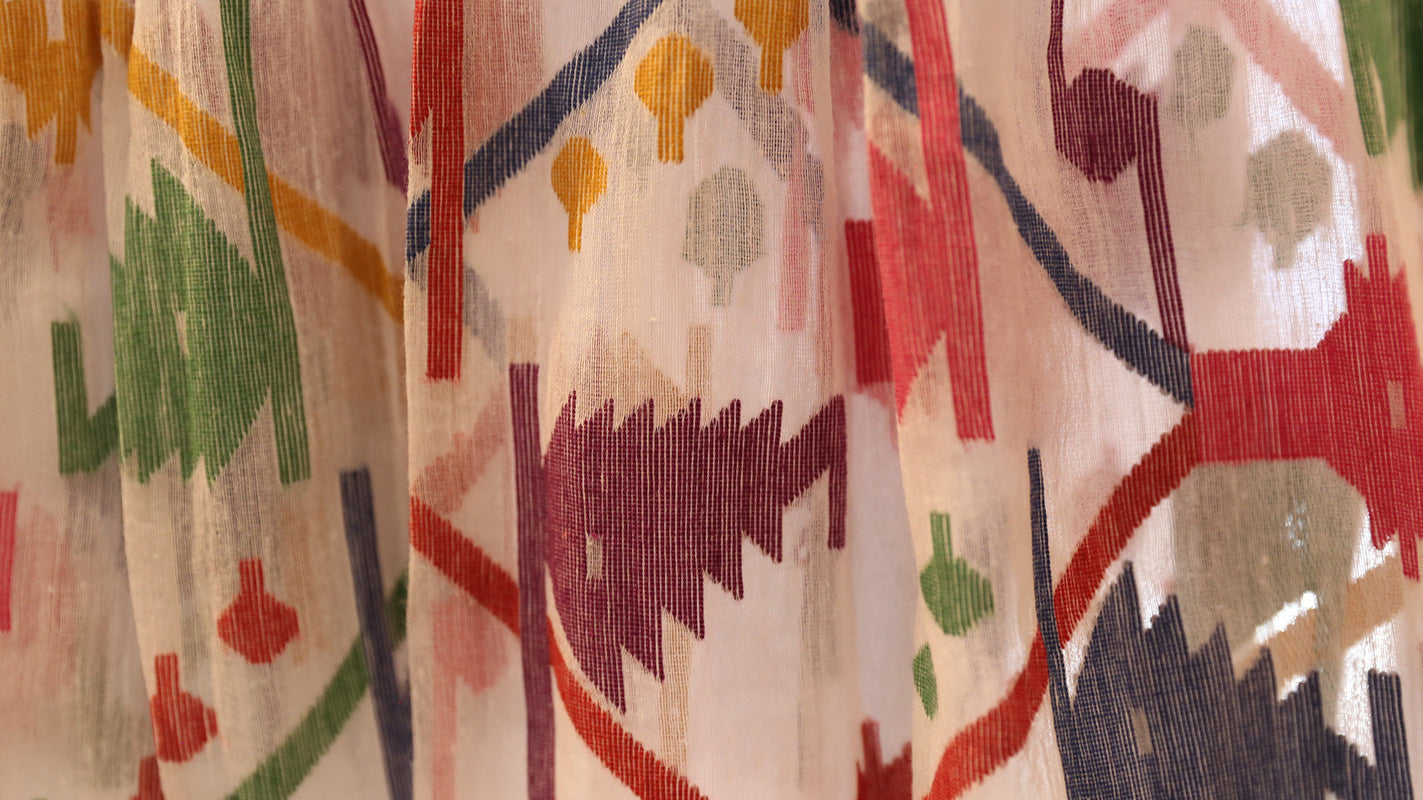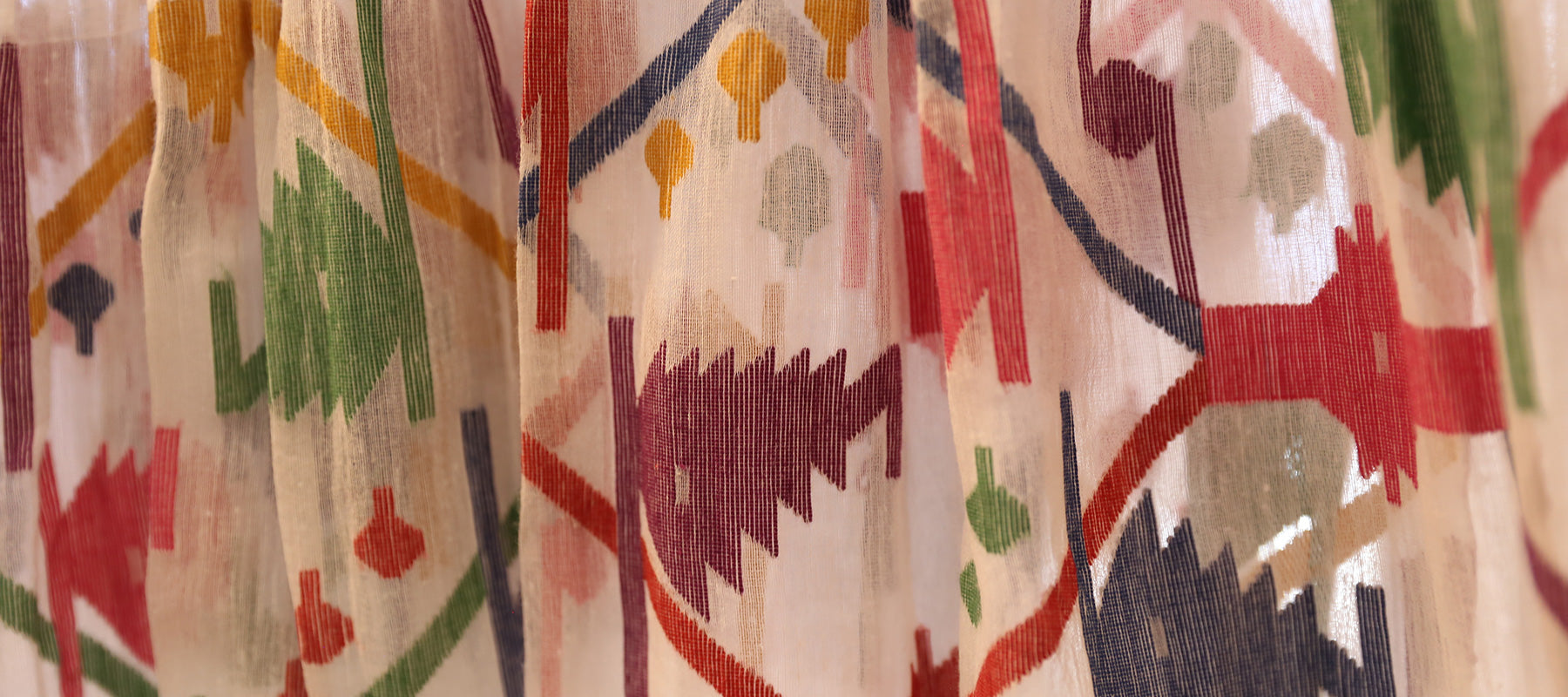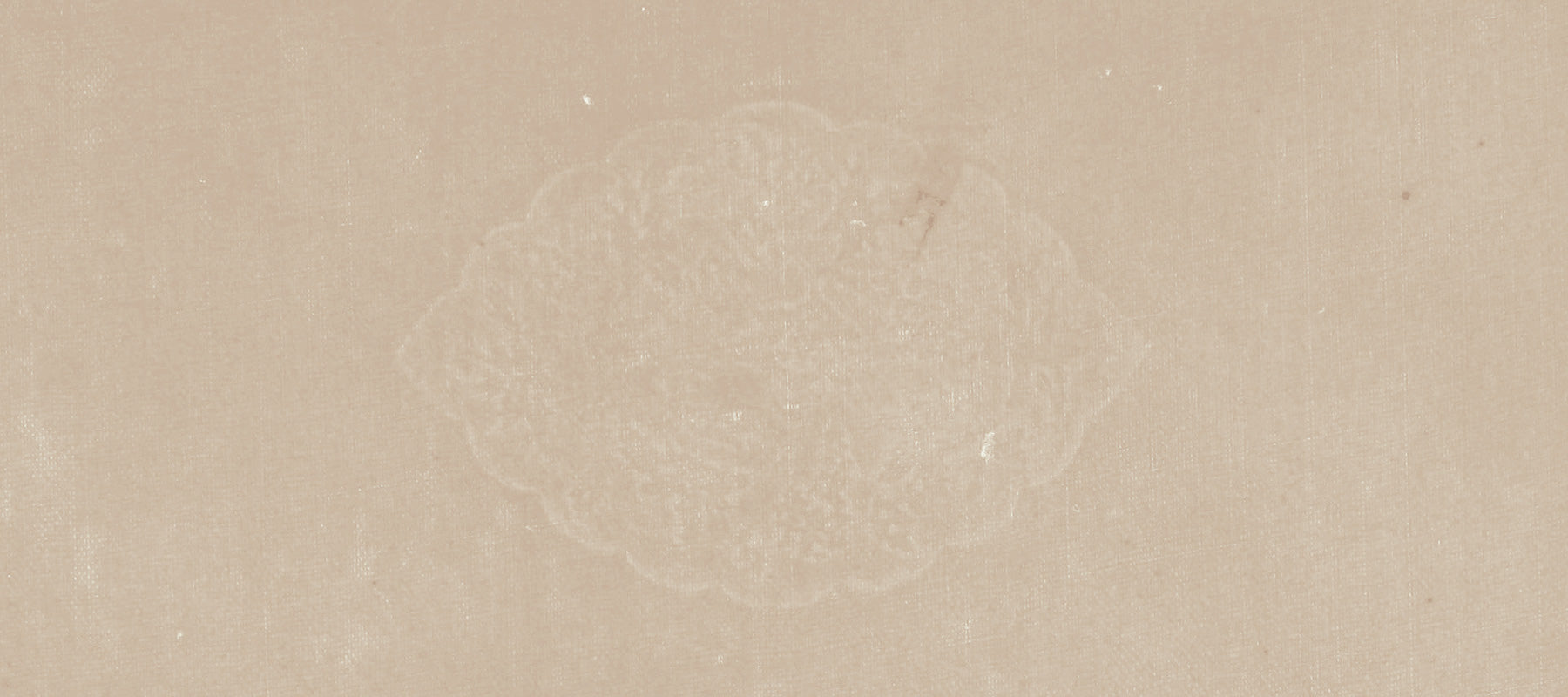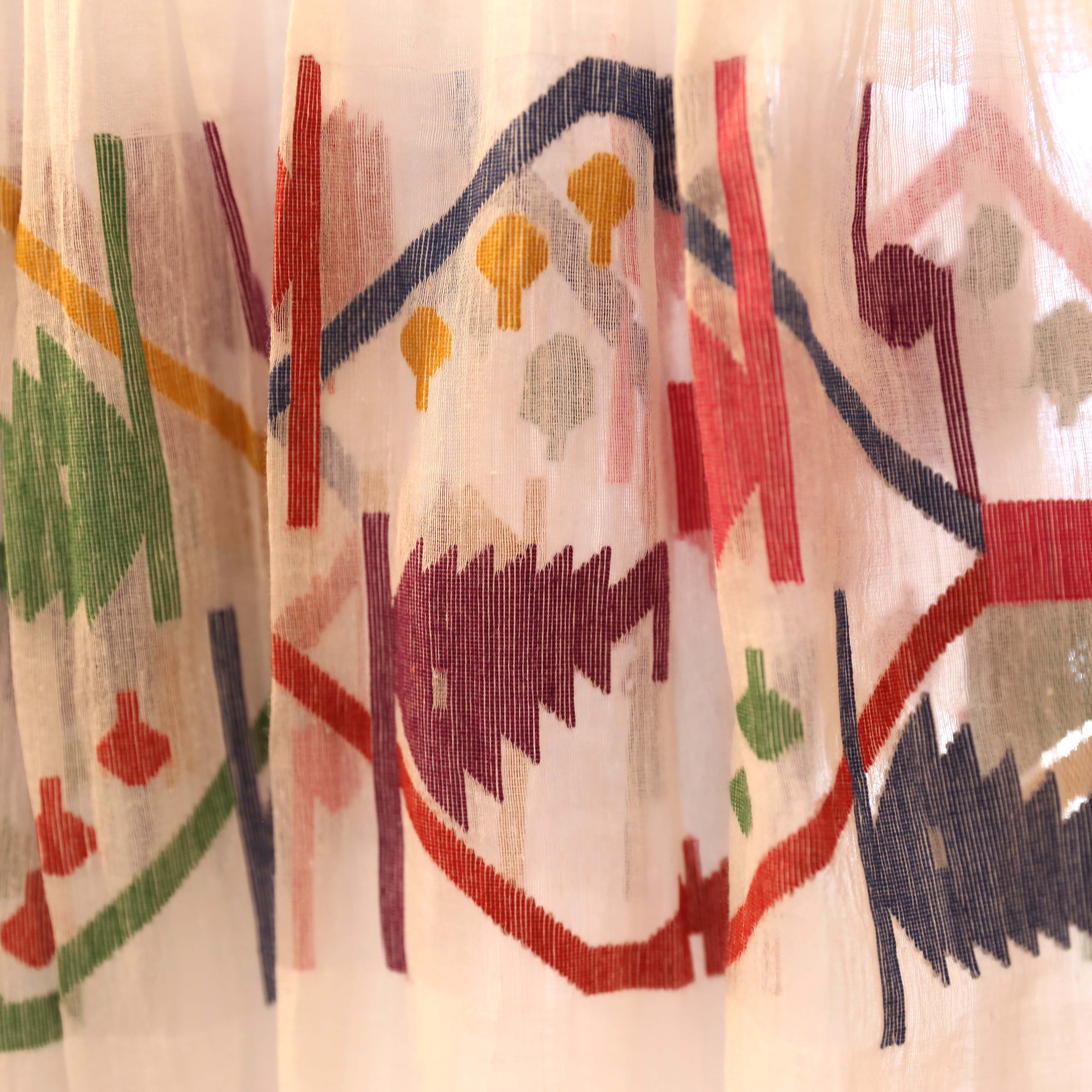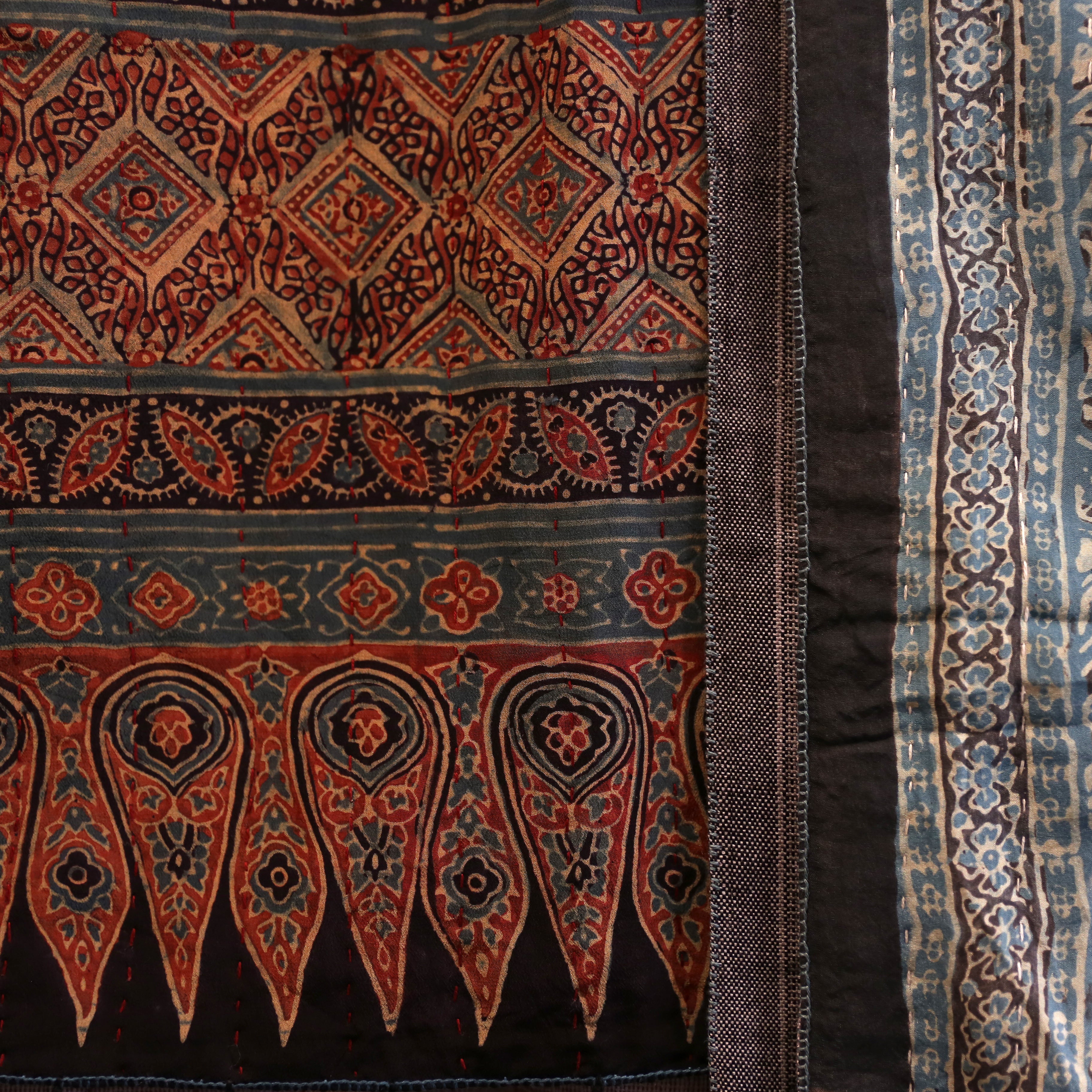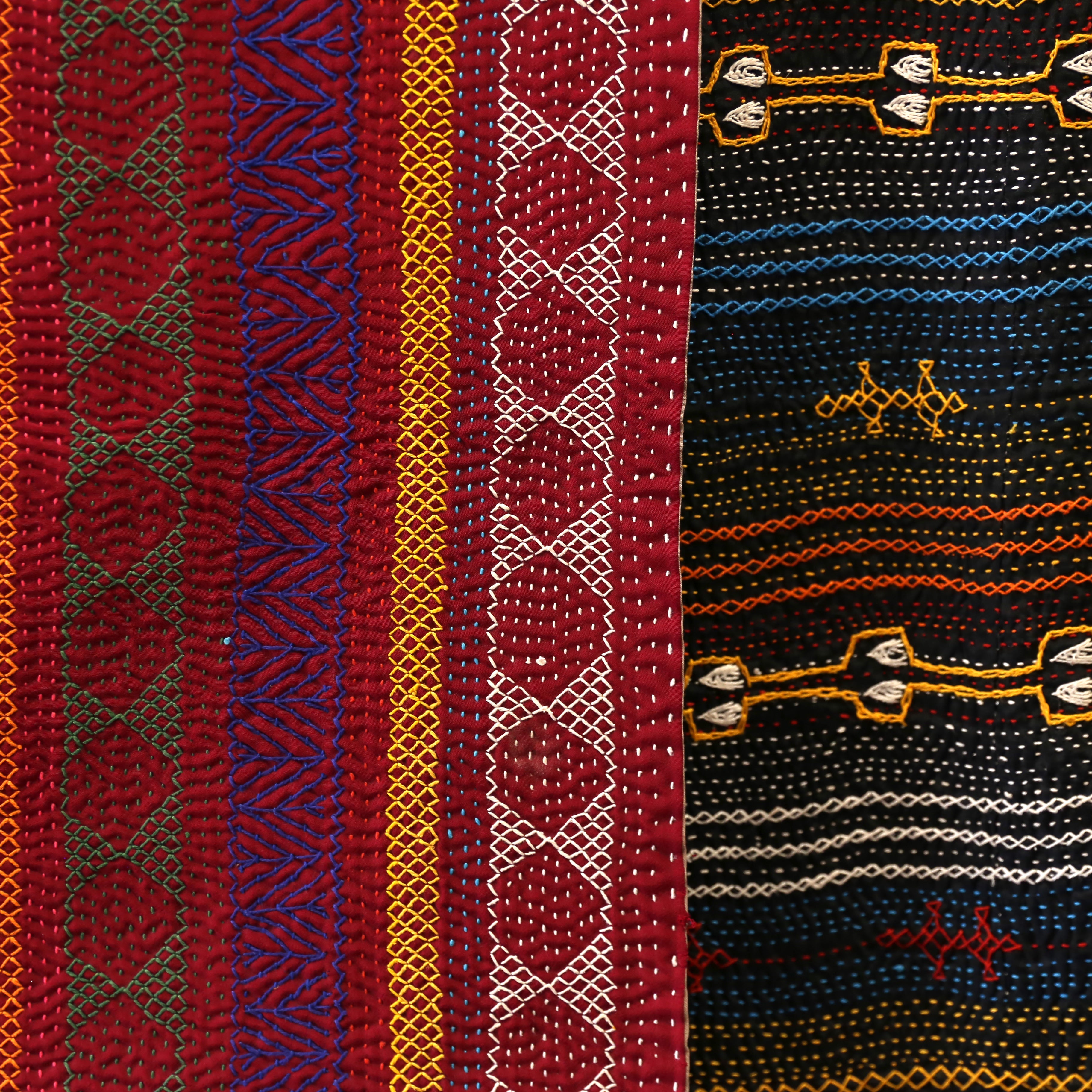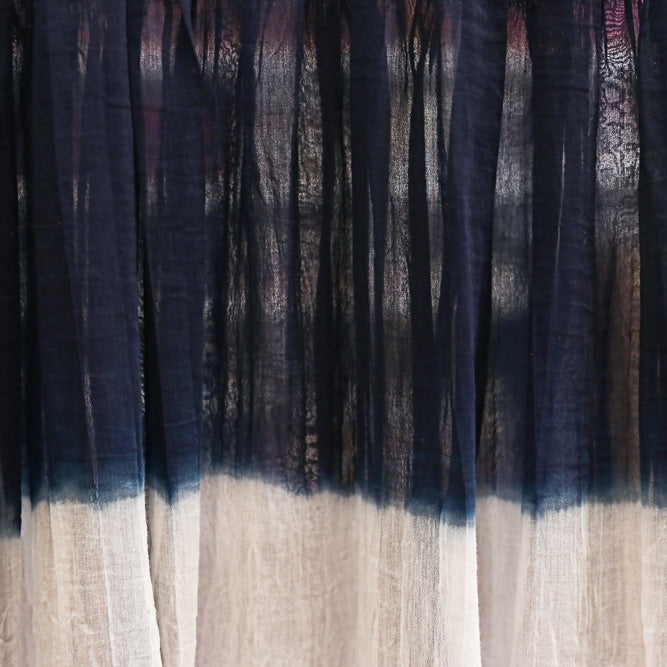Woven ⋮ Jamdani
Jamdani is one of India’s finest heritage weaving techniques. It is a time consuming and labour intensive form of weaving because the design motifs are created directly on the loom. Each motif is added manually, a little like tapestry work, by interlacing the weft threads with coloured, gold or silver threads. The result is a vibrant pattern that appears to float on the surface of the fabric.
Jamdani is a key element in the INJIRI clothing range, where the artisans who do this detailed work are supported season after season by the designer Chinar Farooqui, in order to build deep connections and help their craft survive - ensuring the use of artisinal skill which is central to what INJIRI believes it should offer the world.
The best quality jamdani is produced with locally grown fine cotton; always woven during the monsoon season from June to October when the air is humid and moisture prevents the fine threads from becoming brittle and breaking.
Flowered or figured muslin, jamdani, was the most sophisticated and prized kind of Indian muslin weaving. The name comes from jam-dar, Persian for ‘flowered’ or ‘embossed’. The production of this cloth was time consuming and expensive, and very labour intensive requiring specialisation that is divided amongst workers by religion, village and especially gender.
The hot, humid climate of the Ganges delta inspired artisans to produce the most diaphanous fabrics possible. These would be worn in layers and were capable of catching even the slightest breeze.
Poets of the Mughal court likened muslins to baft hawa (woven air), abe rawan (running water) and shabnam (morning dew). There is a legendary story that the Emperor Aurangzeb (1612-1707) once became angry with his daughter for showing her skin through her clothes, whereupon the young princess replied that she was in fact wearing seven jamas (suits or gowns).
Most of the weavers are Muslims who believe figurative representations in art are a direct challenge to omnipotence of God. For this reason, artisans create motifs drawn from nature or abstract designs with a geometric sensibility.
Traditionally, the plain weave background was white, off white or grey; today as with the INJIRI jamdani clothes, white, as well as an array of other jewel like colours are used.
It is a mistake to consider jamdani, or other forms pf handloom, as picturesque crafts.; they are highly specialised but endangered ways of life. While the technology has not changed, the social organisation of weavers has, and support for the weavers and their families is needed if the their trade is to survive.
Not only weavers but a whole interdependent community of spinners, dyers, loom-dressers, and other supporting crafts are involved in jamdani production.

